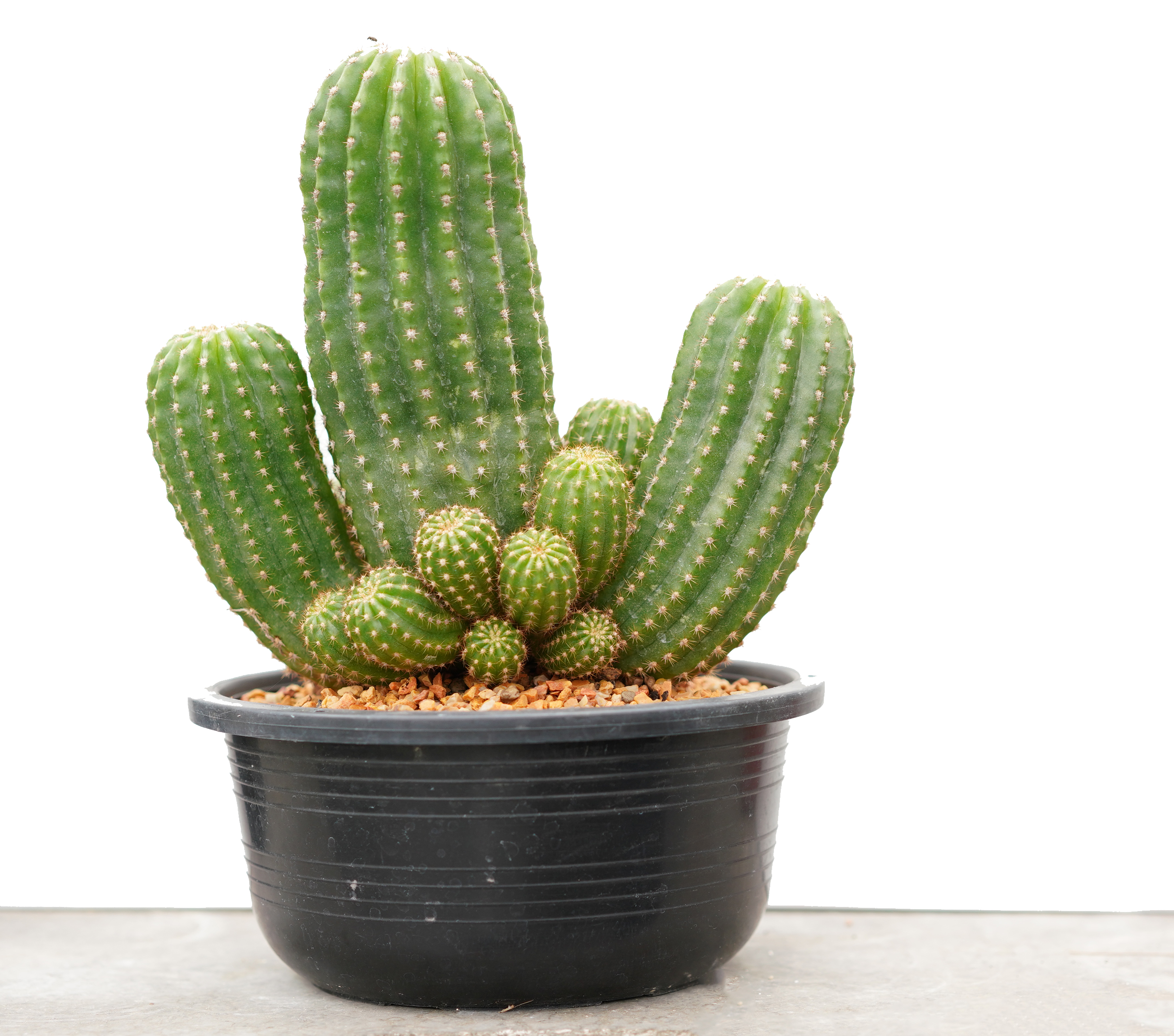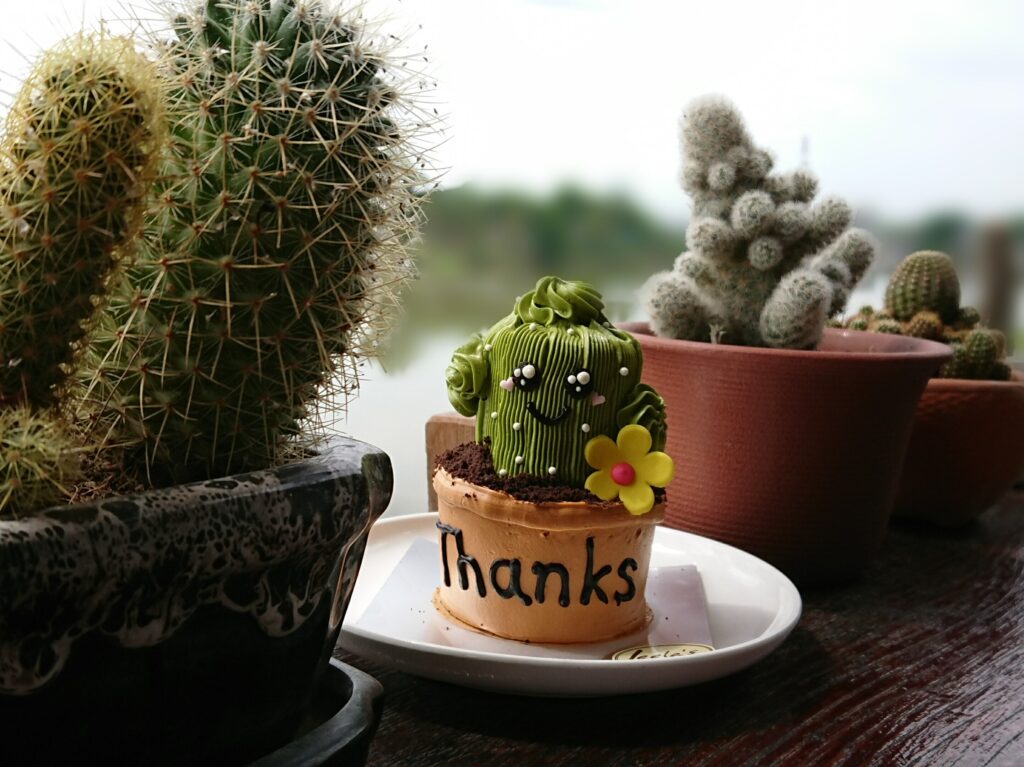- LIFE
Deliciously Soft Banana Chocolate Chip Bars


Thanksgiving cacti are a delightful addition to any home, offering vibrant blooms that can brighten up the fall and winter months. Known for their resilience and unique flowering period, these cacti are often confused with their close relatives, the Christmas cacti. However, with the right care and attention, they can thrive and become a staple in your indoor garden, providing color and life when many other plants are dormant. Whether you’re a novice plant enthusiast or a seasoned gardener, understanding the nuances of Thanksgiving cactus care can help you maximize their beauty and longevity.
Caring for a Thanksgiving cactus requires attention to its specific needs, which can differ from other cacti and succulents. The first step is to ensure that your cactus is potted in a well-draining soil mix, ideally one designed for cacti and succulents. This prevents waterlogging, which can lead to root rot.
Watering is another critical aspect of care. Thanksgiving cacti prefer their soil to be kept slightly moist but not saturated. During the growing season, typically from spring to early autumn, water the plant when the top inch of soil feels dry to the touch. Reduce watering during the fall and winter months to encourage blooming.
Light is also crucial for the health of your Thanksgiving cactus. It thrives in bright, indirect sunlight. Direct sunlight can scorch its leaves, so placing it near a north or east-facing window is ideal. If natural light is insufficient, especially during the darker months, consider supplementing with a grow light.
While Thanksgiving and Christmas cacti are often used interchangeably, they have distinct differences that can affect their care and blooming patterns. One of the most noticeable distinctions is the shape of their leaves. Thanksgiving cacti have pointed, claw-like projections on their segments, while Christmas cacti have more rounded, scalloped edges.
Another difference lies in their blooming periods. As the name suggests, Thanksgiving cacti typically bloom in late November, around the holiday. In contrast, Christmas cacti bloom later, usually in December. These variations are due to their different photoperiodic responses, meaning they require different lengths of darkness to trigger blooming.

Creating the perfect environment for your Thanksgiving cactus involves balancing several factors. Temperature plays a significant role; these cacti prefer cooler nighttime temperatures between 60-65°F (15-18°C) to encourage bud formation. During the day, they thrive in slightly warmer conditions, up to 70°F (21°C).
Humidity is another factor to consider. Thanksgiving cacti are native to tropical environments, so they benefit from higher humidity levels. If your home is dry, especially during winter, consider using a humidifier or placing a tray of water near the plant to increase moisture in the air.
For those looking to take their Thanksgiving cactus care to the next level, advanced growth techniques can enhance plant health and flowering. Fertilization is one such technique. Use a balanced, water-soluble fertilizer every four weeks during the growing season. Reduce feeding as you approach the fall to support the plant’s natural blooming cycle.
Pruning is another advanced method to encourage bushier growth and more flowers. After the cactus has finished blooming, trim back a few segments from each stem. This not only shapes the plant but also stimulates new growth, which can result in more blooms the following season.
Despite their hardiness, Thanksgiving cacti can face several challenges. One common issue is bud drop, often caused by sudden changes in temperature or light. To prevent this, keep the plant in a stable environment and avoid moving it once buds have formed.
Pests such as spider mites and mealybugs can also affect Thanksgiving cacti. Regularly inspect your plant for signs of infestation and treat with insecticidal soap or neem oil if necessary. Maintaining proper humidity and avoiding overwatering can also help keep pests at bay.
Seasonal care is essential for ensuring your Thanksgiving cactus remains healthy and blooms profusely. During the spring and summer, focus on growth by providing adequate water, light, and nutrients. In the fall, reduce watering and place the plant in a cooler location to stimulate flowering.
Once the cactus begins to bloom, avoid moving it, as changes in light or temperature can cause flowers to drop prematurely. After the blooming period, allow the plant some rest by reducing watering and withholding fertilizer until the next growing season begins.
While the traditional Thanksgiving cactus is beloved for its vibrant pink and red blooms, there are several unique varieties to explore. Some cultivars offer flowers in shades of white, peach, or even yellow, providing a diverse palette for your indoor garden.
Consider experimenting with these varieties to create a stunning display that captures the essence of the holiday season. Each variety may have slightly different care requirements, so be sure to research the specific needs of your chosen type to ensure optimal growth and flowering.
To maximize blooms on your Thanksgiving cactus, focus on providing the right conditions throughout the year. This includes ensuring adequate light, proper watering, and maintaining stable temperatures. Additionally, a period of darkness for at least 12-14 hours a day during the fall can help trigger flowering.
Encouraging a second blooming period is possible by mimicking these conditions later in the winter. With careful attention and patience, your Thanksgiving cactus can become a showstopper, delighting you with its vibrant colors and lush foliage.